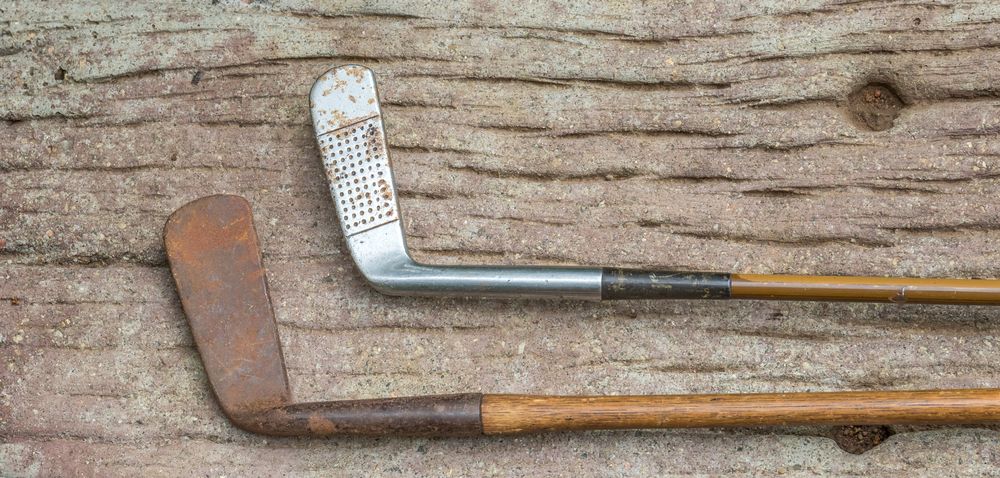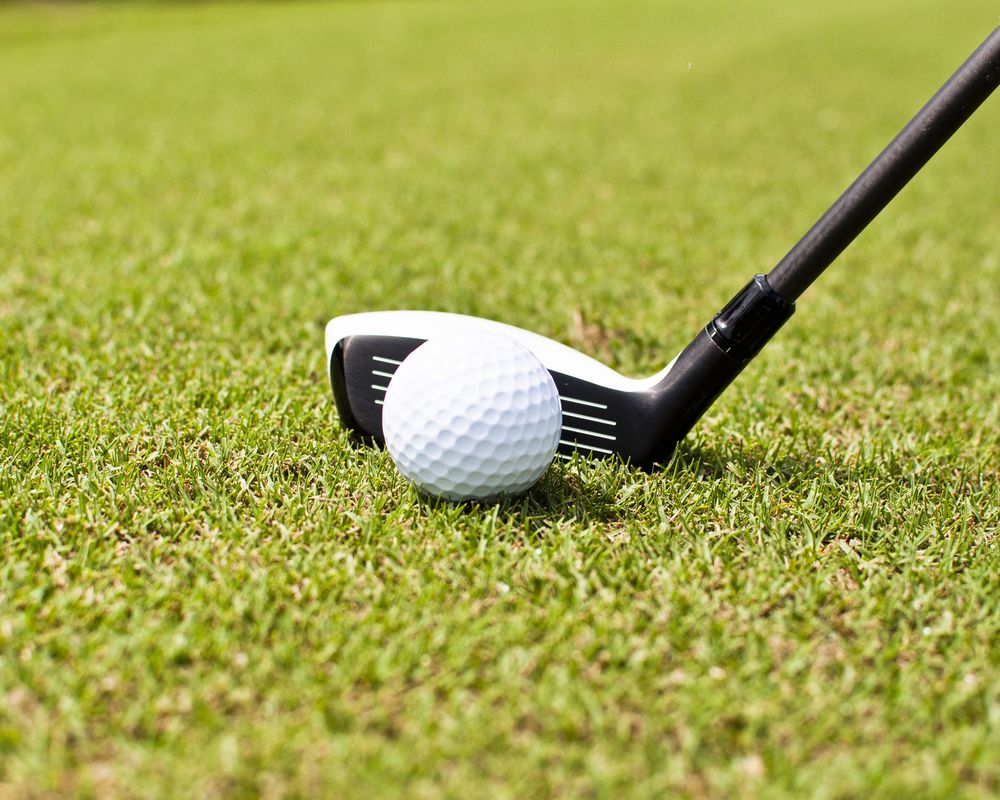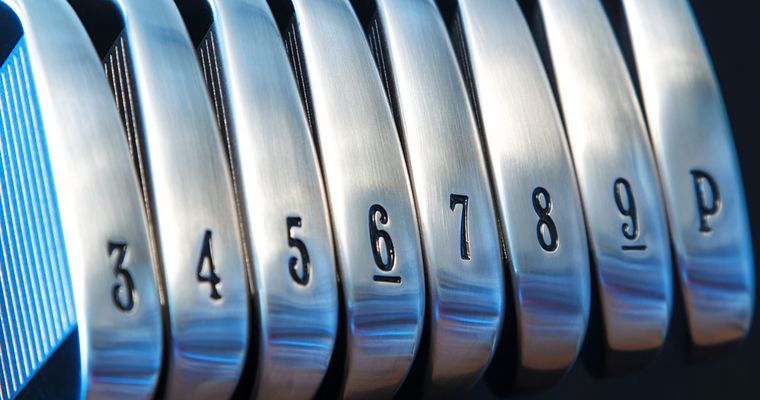Golf, often called the "gentleman's game," has a rich history dating back centuries. One of the most fascinating aspects of its evolution is the transformation of golf equipment, particularly golf clubs. Let's swing through time and explore the remarkable journey of golf clubs, from their humble wooden beginnings to the advanced marvels we use today.
Wooden Clubs: The Early Years
The history of golf dates back to the late 15th century in Scotland, where the game was played with wooden clubs and leather balls filled with feathers. These clubs were often handcrafted, each one unique in design and construction. The earliest golfers used wooden-headed clubs with longnose designs.

The Hickory Evolution Begins: Late 1800s to Early 1900s
As golf grew in popularity in the late 1800s, club design underwent significant changes. The introduction of iron clubheads marked a turning point in golf club history. These early irons featured bulbous heads and shorter shafts, offering greater accuracy and control over wooden clubs.

From Wood to Metal: The Transition to Steel
In the early 20th century, the golfing world saw a major change with the transition from wooden to steel-shafted clubs. Steel shafts provided better durability and consistency, making it easier for golfers to achieve greater distance and accuracy.
Numbering System and Standardization
The 1930s brought about the standardization of club design, including the introduction of the numbering system that is still in use today. Clubs were categorized into drivers, irons, and putters, each with specific loft angles and purposes. This standardization allowed for fair competition and improved club design.
The Age of Modern Materials
In the mid-20th century, club manufacturers began experimenting with different materials. The introduction of fiberglass shafts and composite materials led to significant advancements in club design. The modern manufacturing process allowed for consistency in club construction and performance.
The Rise of Fairway Clubs and Hybrids
With the development of fairway clubs and hybrids, golfers gained more options to fine-tune their game. Fairway woods offered distance and control from the fairway, while hybrids combined the characteristics of irons and woods, making them versatile tools on the course.

The Contemporary Era: Driver Heads and Beyond
Today, golf club manufacturers use cutting-edge technology to design clubheads that optimize performance. Composite materials, adjustable hosels, and high-strength alloys have become standard in modern club design. Golfers now have access to clubs that are tailored to their specific needs, resulting in improved playability.
The evolution of golf clubs reflects not only the history of the game but also the relentless pursuit of improvement. From humble wooden beginnings to high-tech marvels, golf clubs have come a long way. As technology continues to advance, we can only anticipate more innovations that will further enhance the golfer's experience, making every round a better one. Golf club history is a testament to the enduring spirit of the game and its dedication to progress.


Comments